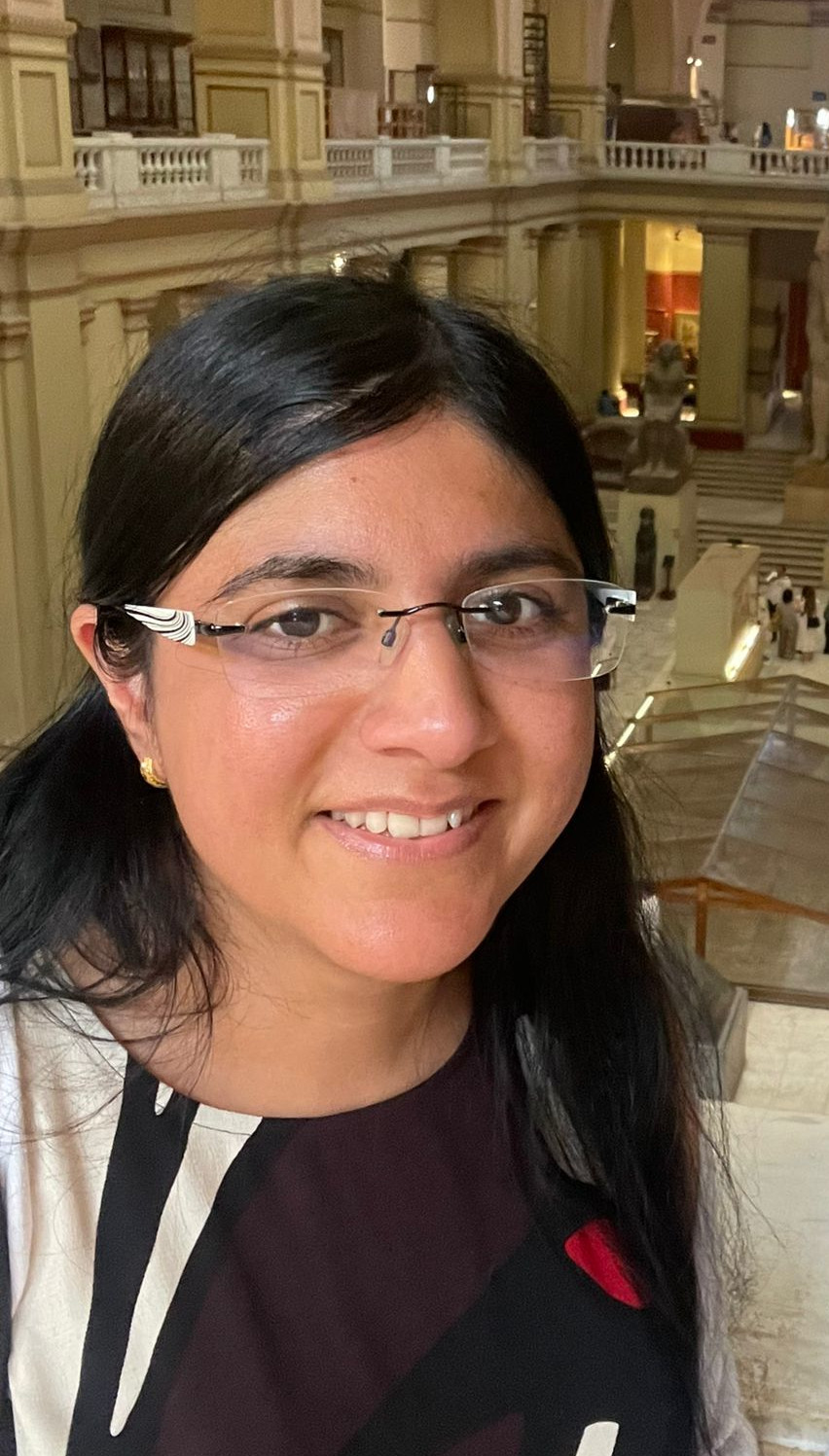
Farah Afzal
Farah Afzal received her PhD in physics from the University of Bonn (Germany) in 2019. She studied light baryons with photo-induced reactions using the CBELSA/TAPS experiment at ELSA in Bonn and the A2 experiment at MAMI in Mainz (Germany). In 2023, she was a research scholar at the College of William & Mary (USA) and worked at the GlueX experiment at Jefferson Lab in Hall D. In 2024, she received an Emmy Noether grant from the German Research Foundation (DFG) to start her own research group. She was appointed as Junior professor (W1) at the Ruhr University Bochum (Germany) in 2025. Her current research focuses on the search for hybrid mesons with the GlueX experiment at Jefferson Lab. Furthermore, she is one of the German representatives in the NuPECC Forum For Early-career Researchers (NUFFER) and represents young researchers in Germany in the Hadrons and Nuclei section of the Young High Energy Physicists Association (yHEP).
Title of the presentation: Hadron spectroscopy with the GlueX experiment

Navin Alahari
Navin Alahari is an experimental nuclear physicist at the Grand Accélérateur National d'Ions Lourds (GANIL), Caen, France and was its former director. He joined the CNRS (Le Centre National de la Recherche Scientifique)- as Directeur de Recherche in 2004 and has been working at GANIL Caen, France since. Prior to this he worked in India for 17 years at the Nuclear Physics Division of Bhabha Atomic Research Centre, working at Pelletron Accelerator Facility TIFR. He spent two years at the National Superconducting Laboratory at Michigan State University on sabbatical while in India and a year sabbatical in Tokyo Institute of Technology, Japan while in France. His research career of over 35 years has been a continuous quest to measure and understand both the reaction mechanism and the intrinsic structure of nuclei and their interconnectivity. These explorations have been carried out over a wide dynamic range, spanning energies from well below the Coulomb barrier to ~250 MeV/u, at facilities in France, India, U.S.A. and Japan. He is the recipient of the Joliot-Curie Prize for 2016 awarded by the French Physical Society. Presently apart from continuing research in basic science, he is the Scientific Coordinator of the EUROpean Laboratories for Accelerator Based Science, a network of 43 Research Infrastructures in 18 countries,
Title of the presentation: Overview of the European Low-Energy Nuclear Physics Facilities
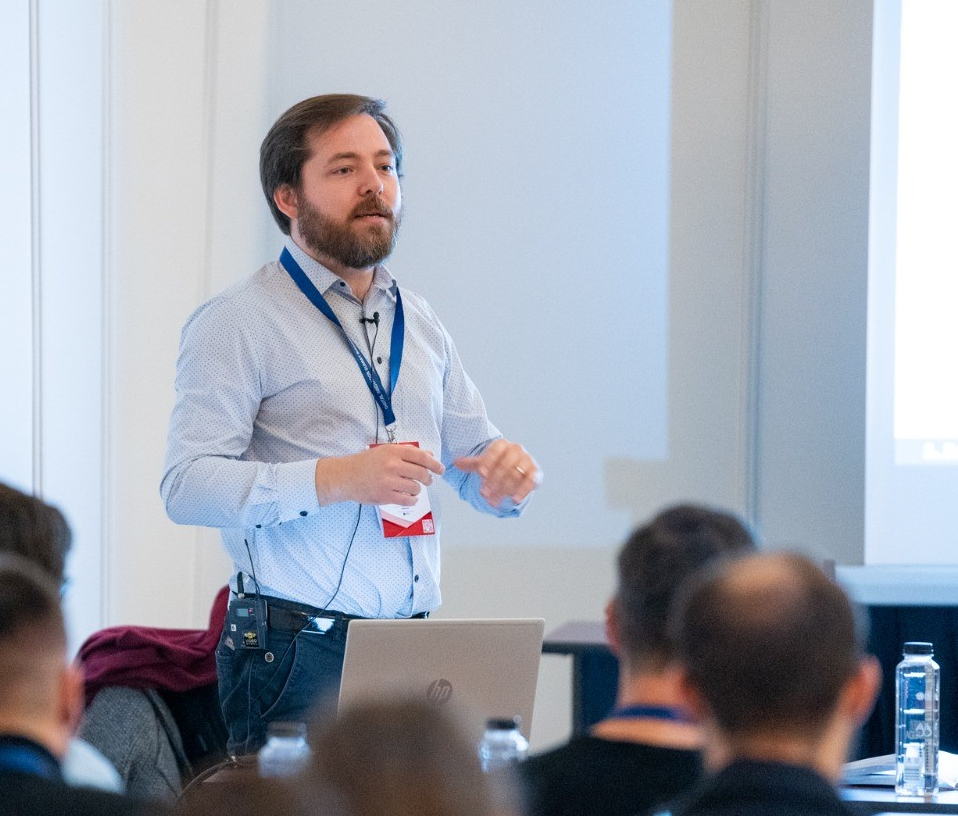
Simone Bacchio
I hold a joint PhD in Physics from the University of Cyprus and in Physical Sciences from the University of Wuppertal. Since 2019, I have been a researcher at The Cyprus Institute, where I currently serve as an Associate Research Scientist.
I have been an active member of the Extended Twisted Mass Collaboration since 2015, playing a key role in advancing its scientific program in recent years. My research focuses on developing advanced algorithms and numerical methods for high-precision lattice Quantum Chromodynamics (QCD) simulations. Leveraging some of the world’s most powerful supercomputers, I work to deepen our understanding of particle physics.
With over 35 peer-reviewed publications and an h-index of 21, I have made some significant contributions to the field through both precision measurements and computational innovations.
Title of the presentation: Advances on Nucleon Structure from Lattice QCD
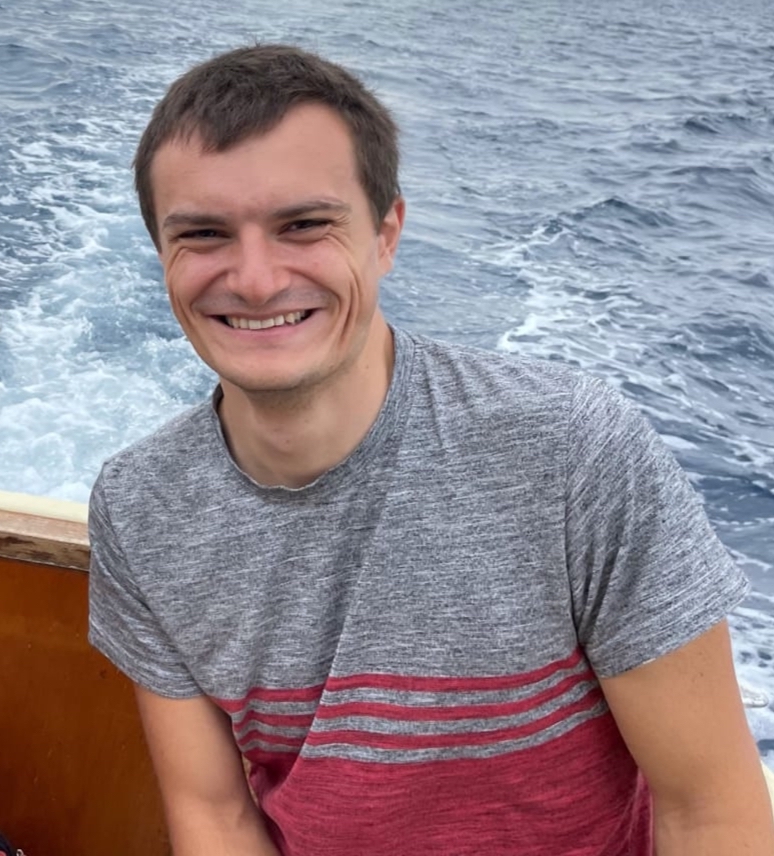
Pierre Chatagnon
I studied electrical engineering at Supélec (now CentraleSupélec) and physics at Université Paris-Saclay. After earning a master in physics from the University of Cambridge, I completed my PhD at IJCLab in Orsay in 2020. I then held postdoctoral fellowships at INFN Genova in Italy, working on the CMS experiment and its future upgrade, and at Jefferson Lab in the USA, before joining CEA Saclay as a staff scientist in 2024. My research focuses on electron scattering experiments to investigate the quark and gluon structure of nucleons. I am involved in the CLAS12 experiment at Jefferson Lab and in the development of the future Electron-Ion Collider, which will be built at Brookhaven National Laboratory in the USA. In particular, I study exclusive reactions where the scattered nucleon stays intact, which provide key insights into protons and neutrons’ spin and mass, helping to advance our understanding of the strong force.
Title of the presentation: Probing the Proton’s Internal Structure with Generalized Parton Distributions: From Jefferson Lab to the EIC
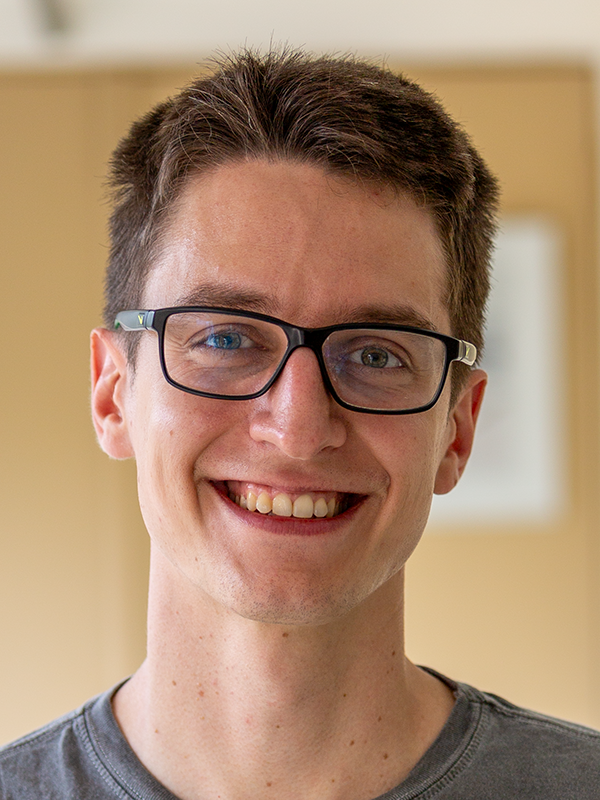
David Dobrigkeit Chinelatto
Title of the presentation: Future physics programme and facilities for relativistic heavy-ion collisions
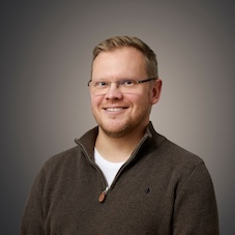
Andreas Ekstrom
Andreas Ekström is a professor at Chalmers University of Technology in Sweden. His research combines chiral effective field theory, large-scale computations, and Bayesian methods to analyze and predict the properties of atomic nuclei and infinite nuclear matter. A central focus of his work is about advancing the predictive power of ab initio nuclear theory, including including quantifying theoretical uncertainties.
Before joining Chalmers, he held postdoctoral positions at the University of Oslo, Michigan State University, and the University of Tennessee, Knoxville. He is the recipient of the 2016 IUPAP Early Career Scientist Prize, a 2016 MSCA International Career Grant, an ERC Starting Grant in precision nuclear physics, and several national research grants. His work is published in leading journals such as Nature, Nature Physics, Physical Review Letters, Physics Letters B, and Reviews of Modern Physics.
Title of the presentation: Ab initio in nuclear theory: what, why, and how
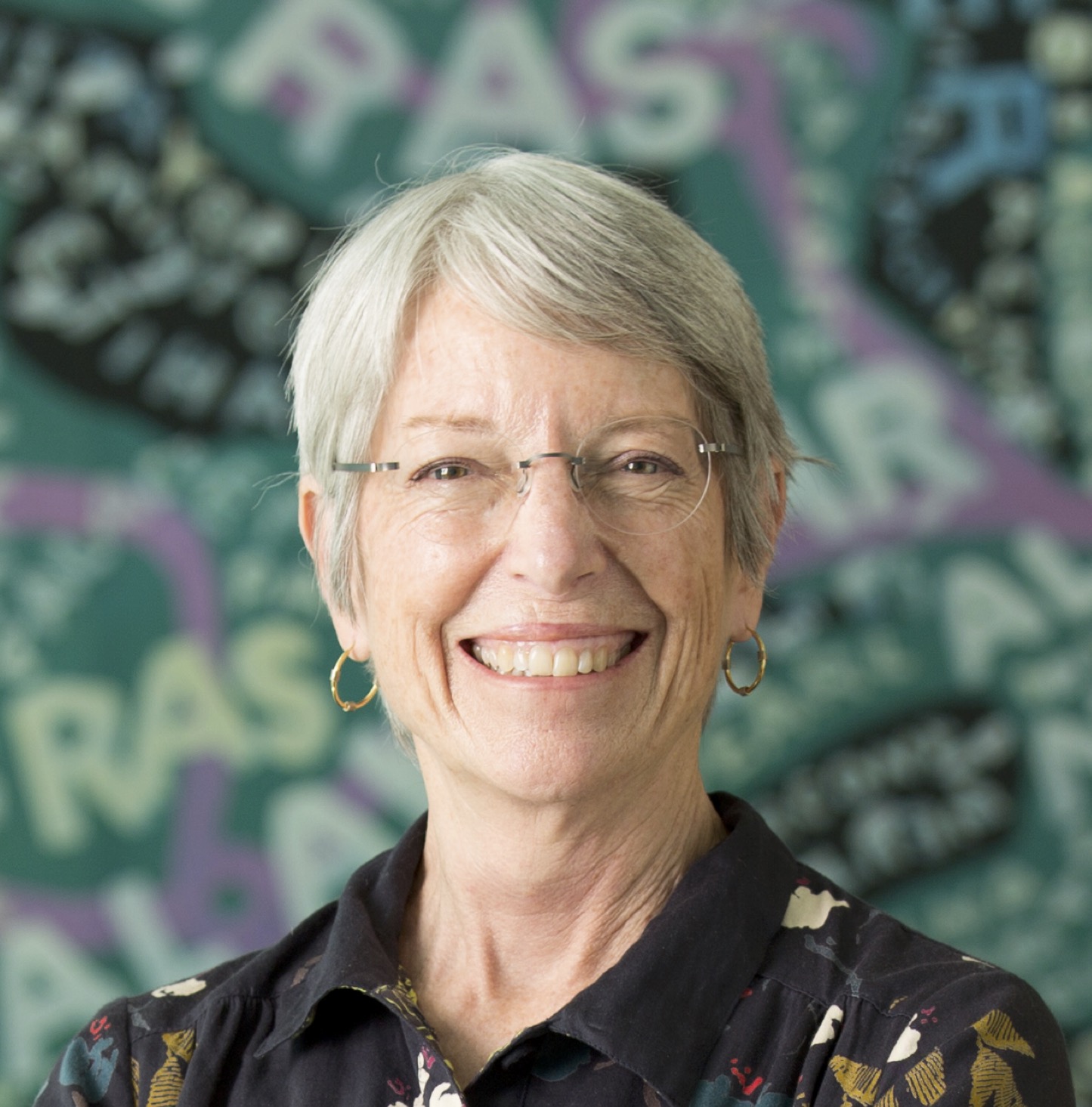
Glennys Farrar
Glennys R. Farrar is a Collegiate Professor of Physics and Julius Silver, Rosalind S. Silver and Enid Silver Winslow Professor at New York University. Her primary research goal is discovering the identity of the Dark Matter which comprises more than 80% of the matter in the Universe, yet is fundamentally different than any known type of matter. She is currently investigating whether Dark Matter can be composed of quarks in a hard-to-discern form that has eluded discovery, or is evidence of an entirely new type of matter, as usually assumed. She is also a leader in understanding the origins of Ultra-high Energy Cosmic Rays, the highest energy particles in Nature, whose sources have been a mystery for over six decades, and in determining and understanding the magnetic field of the Milky Way and in extragalactic space.
Farrar received her B.A. in Physics from the University of California (Berkeley) in 1967 and Ph. D. in Physics from Princeton University in 1971, the first woman to do so. She was a Member of the Institute for Advanced Study from 1971-1973, then Research Scientist at Caltech from 1973-1974. She was promoted to Assistant Professor at Caltech in 1974, but was converted to Senior Research Scientist in 1977, being told the administration wanted to avoid her coming up for tenure review and potentially putting Caltech in an uncomfortable position. She joined the faculty of Rutgers University in 1979, then moved to NYU in 1998 to be Chair of the Physics Department. In 2001 she founded the Center for Cosmology and Particle Physics and served as its director for seven years. Farrar is a recent Chair of the Division of Astrophysics of the American Physical Society and was a member of the Snowmass 2021 Steering Committee; she was a long-time editor of the Journal of Cosmology and Particle Physics; is a Fellow of APS and AAAS; received Sloan, Guggenheim and Simons Fellowships; serves on advisory panels for NASA, NSF and the European Research Council. She is a member of the (U.S.) National Academy of Sciences and of the American Academy of Arts and Sciences.
Title of the presentation: Origin of ultrahigh-energy cosmic rays in Binary Neutron Star Collisions and the crucial roles of Nuclear Physics
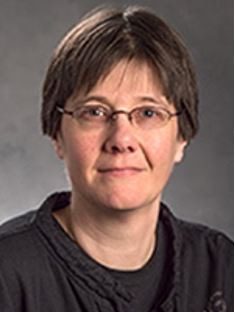
Alexandra Gade
Alex received her Diploma and Dr. rer. nat. doctoral degree at the Universität zu Köln (Germany) more than 20 years ago. She has been at Michigan State University, the National Superconducting Cyclotron Laboratory (NSCL), and the Facility for Rare Isotope Beams (FRIB) ever since, where she is now a University Distinguished Professor of Physics and has been serving in scientific leadership positions at the Laboratory, most recently as the FRIB Scientific Director. She is a Fellow of the American Physical Society (APS) and the American Association for the Advancement of Science (AAAS). Her research work is focused on the structure of rare isotopes with experiments typically using in-beam γ-ray spectroscopy and various nuclear reactions at beam energies ranging from the Coulomb barrier to hundreds of MeV/u.
Title of the presentation: Results from Nuclear Structure Studies at FRIB
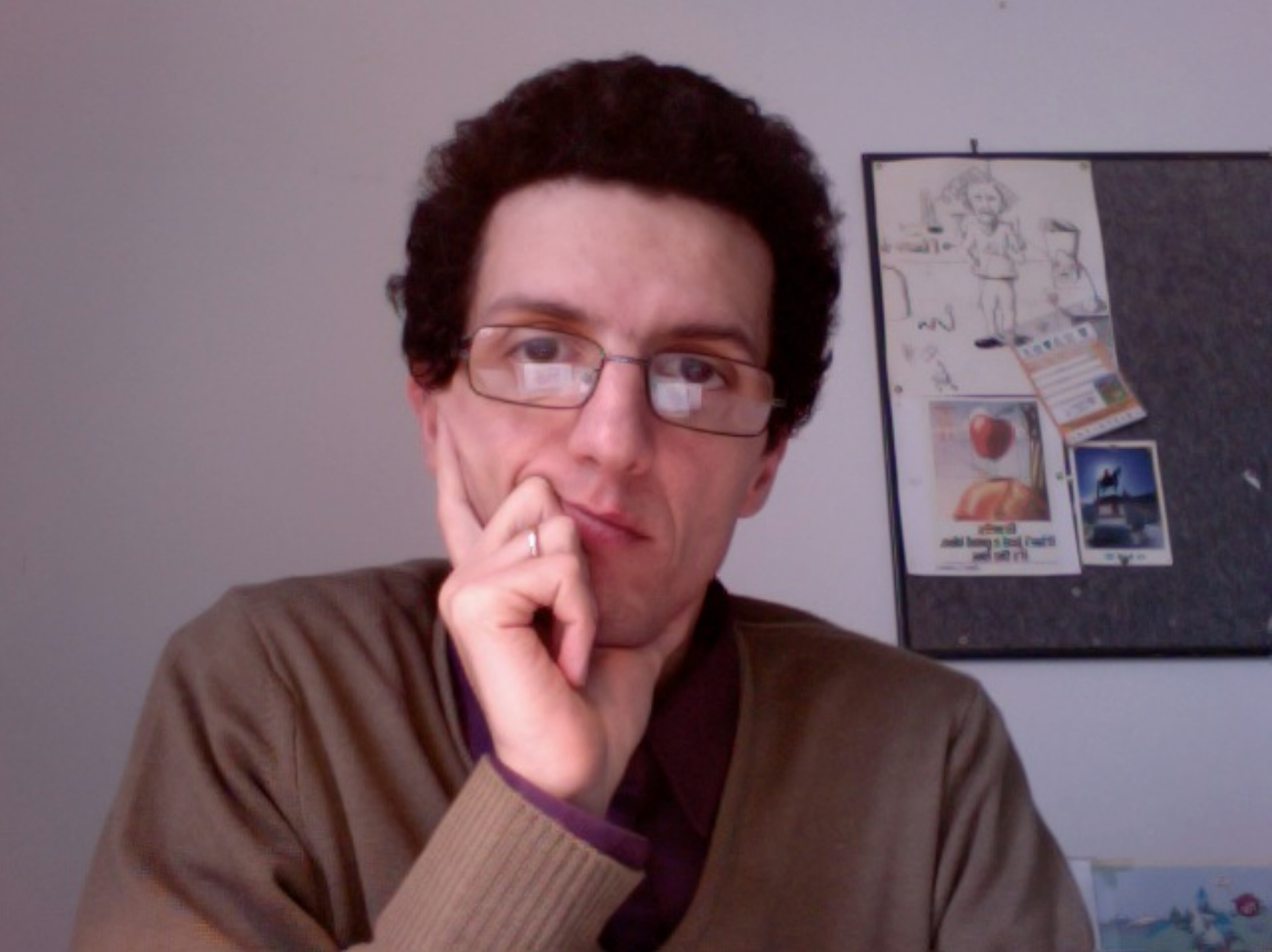
Luca Girlanda
Luca Girlanda is a professor in theoretical physics at the University of Salento, in Lecce, Italy. He graduated in Pisa, received his Ph.D. at the Institut de Physique Nucleaire in Orsay, and held post-doc positions in Barcelona, Padova, Trento and Pisa. His work concerns the development of accurate models of the nuclear interaction within the effective field theory paradigm, using light nuclear systems as testing ground with ab-initio methods.
Title of the presentation: Three-nucleon systems and three-nucleon interactions
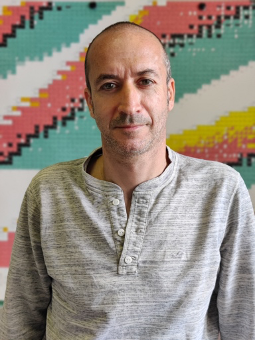
Stephane Goriely
Stephane. Goriely is FRS-FNRS research associate at the Université Libre de Bruxelles (Belgium). Stephane’s expertise concerns the field of nuclear astrophysics with a specific focus on (i) development of microscopic nuclear models of masses, level densities, photon strength functions, optical potentials and fission observables for astrophysical applications, (ii) compilation, evaluation and calculation of nuclear reaction rates of astrophysical interest, and (iii) study of the origin of the elements in the Universe, with a special emphasis on the elements heavier than iron produced by the so-called s-, i-, r- and p-processes.
Title of the presentation: Progress in the development of nuclear models for astrophysical applications
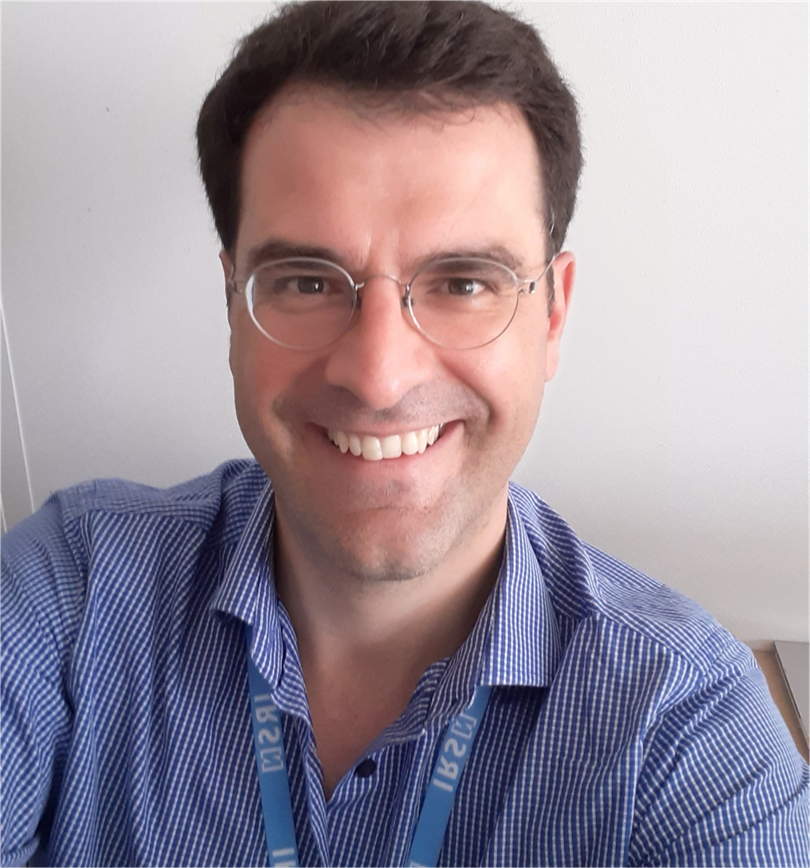
Alkiviadis Gourgiotis
Alkiviadis Gourgiotis is the Deputy Head of the Research Laboratory on Transfers in Polluted Sites and Soils (LT2S) at the Autorité de Sûreté Nucléaire et de Radioprotection (ASNR). Since April 2024, he has also served as an expert in isotope geochemistry. His research focuses on leveraging geochemical tracers to identify and characterize the anthropogenic influence of nuclear activity on the environment, as well as deciphering the mechanisms governing the migration of radioactive contaminants. In parallel, he teaches at the University of Paris-Saclay, the University of Nantes, and the National Institute for Nuclear Science and Technology (INSTN). He obtained his HDR in 2019 from the University of Paris-Saclay.
Title of the presentation: From Nuclear Physics to Isotope Geochemistry: Identifying Anthropogenic Contamination Sources in the Environment
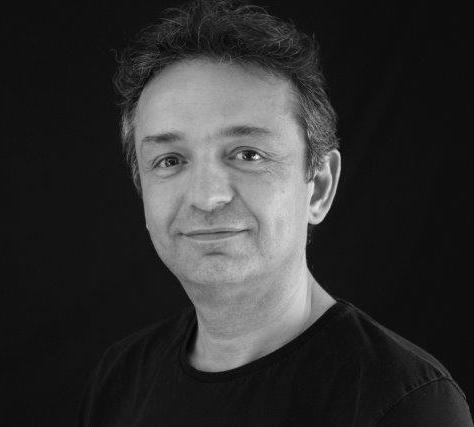
Ferid Haddad
Haddad Ferid is Professor at Nantes University, researcher at Subatech laboratory (Nantes, France) and the Director of Groupement d’intérêt public ARRONAX (Saint-Herblain, France). GIP Arronax operates 2 cyclotrons: a multiparticvle high energy and high intensity cyclotron, C70XP and a kiube 18 MeV cyclotron. GIP ARRONAX activities are mostly devoted to radionuclide and radiopharmaceutical production. However, beam time is also use for research in fields such as cross section measurements, detector testing, radiolysis, radiobiology… Ferid Haddad’s field of research is mostly on non-conventional radionuclide production for both imaging and therapy.
He earned his PhD from the Nantes University in 1993 on heavy ion physics and joined Texas A&M for a post doc. In 1995, he got an assistant professor position in nuclear physics and get a professor position in 2014. He worked in several fields from heavy ions physics, nuclear waste management and radio detection of cosmic rays. Since 2004, he focused his work on applied physics for nuclear medicine.
Title of the presentation: What's new in radionuclides for medical applications?
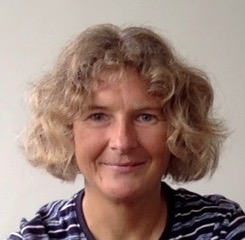
Tanja Hinderer
Tanja Hinderer is Assistant Professor at the Institute for Theoretical Physics at Utrecht University. She obtained her PhD from Cornell University, where she worked with Eanna Flanagan, and held postdoctoral positions at Caltech, University of Maryland, Max Planck Institute for Gravitational Physics, Radboud University, and University of Amsterdam. Currently, she is also co-chair of the nuclear physics division of the Einstein Telescope Observational Science Board and of the waveforms working group of the LISA consortium.
Title of the presentation: Probing nuclear physics with gravitational waves
Klaus Kirch
Klaus Kirch is professor for experimental particle physics at ETH Zurich and head of the Laboratory for Particle Physics at PSI in Switzerland. He graduated in 1994 with a diploma in nuclear structure physics from Cologne university, received his doctor degree from ETH in 1997, working on spectroscopy of exotic atoms at PSI and CERN, did postdocs at ETH and LANL, working on weak interaction in muon decay, ultracold neutrons (UCN), and neutrino physics with SNO. He joined PSI as a staff member in 2001 to work on building PSI’s high-intensity UCN source and perform experiments on neutron decay and the search for the neutron electric dipole moment (EDM). In 2009 he moved to his present position, continues to work on the neutron EDM, muonic atom spectroscopy, muon EDM and low-energy muon cooling. He is the science PI of the IMPACT project at PSI to build novel high-intensity muon beams HIMB and the isotope production facility TATTOOS.
Title of the presentation: Particle/Nuclear Physics activities at PSI
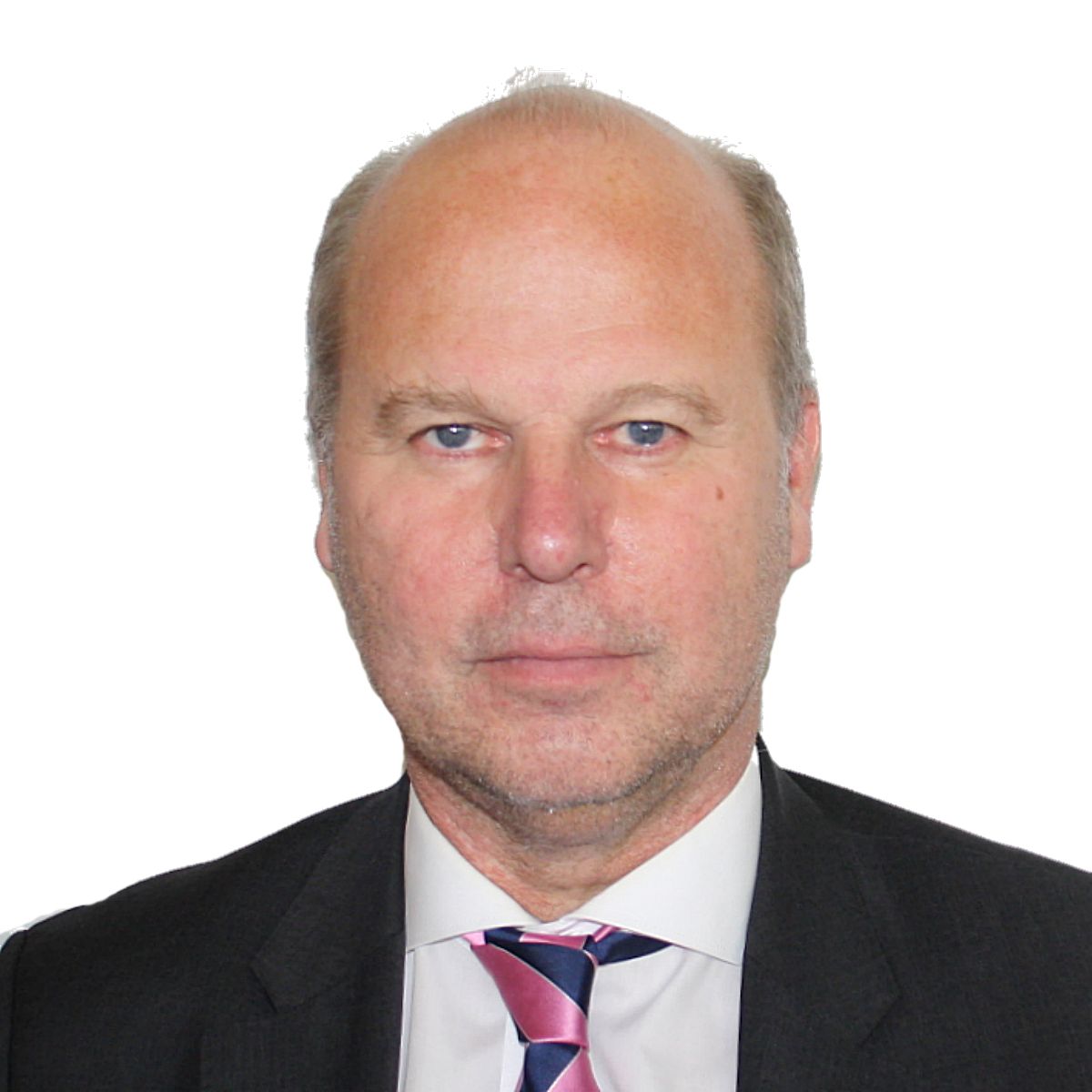
Arjan Koning
Arjan Koning is a nuclear physicist with a Masters Degree in Theoretical physics at the Univ. of Amsterdam, a PhD on Multi-step direct reactions at the Univ. of Groningen, and a Professorship at the Univ. of Uppsala on theoretical nuclear reactions.
Arjan is currently Head of the Nuclear Data Section at the IAEA in Vienna. Before that, he has worked at ECN/NRG Petten, the Netherlands, on nuclear reaction data for science and technology, and as guest scientist at CEA/Bruyères-le-Châtel and Los Alamos National Laboratory on the development and computational implementation of nuclear reaction models. He has led various students to PhD degrees, has coordinated and chaired various international nuclear data projects such as the OECD/NEA JEFF and WPEC projects, and has advised governments and international organisations on nuclear research and development. Among his scientific accomplishments are innovations in nuclear reaction physics, especially for the optical model and pre-equilibrium reactions, the TALYS nuclear model code, Total Monte Carlo uncertainty propagation and the TENDL nuclear data library. As of 2025, his h-index is 60 with more than 24 000 citations.
Title of the presentation: Nuclear Energy: from nuclear data to reactor physics
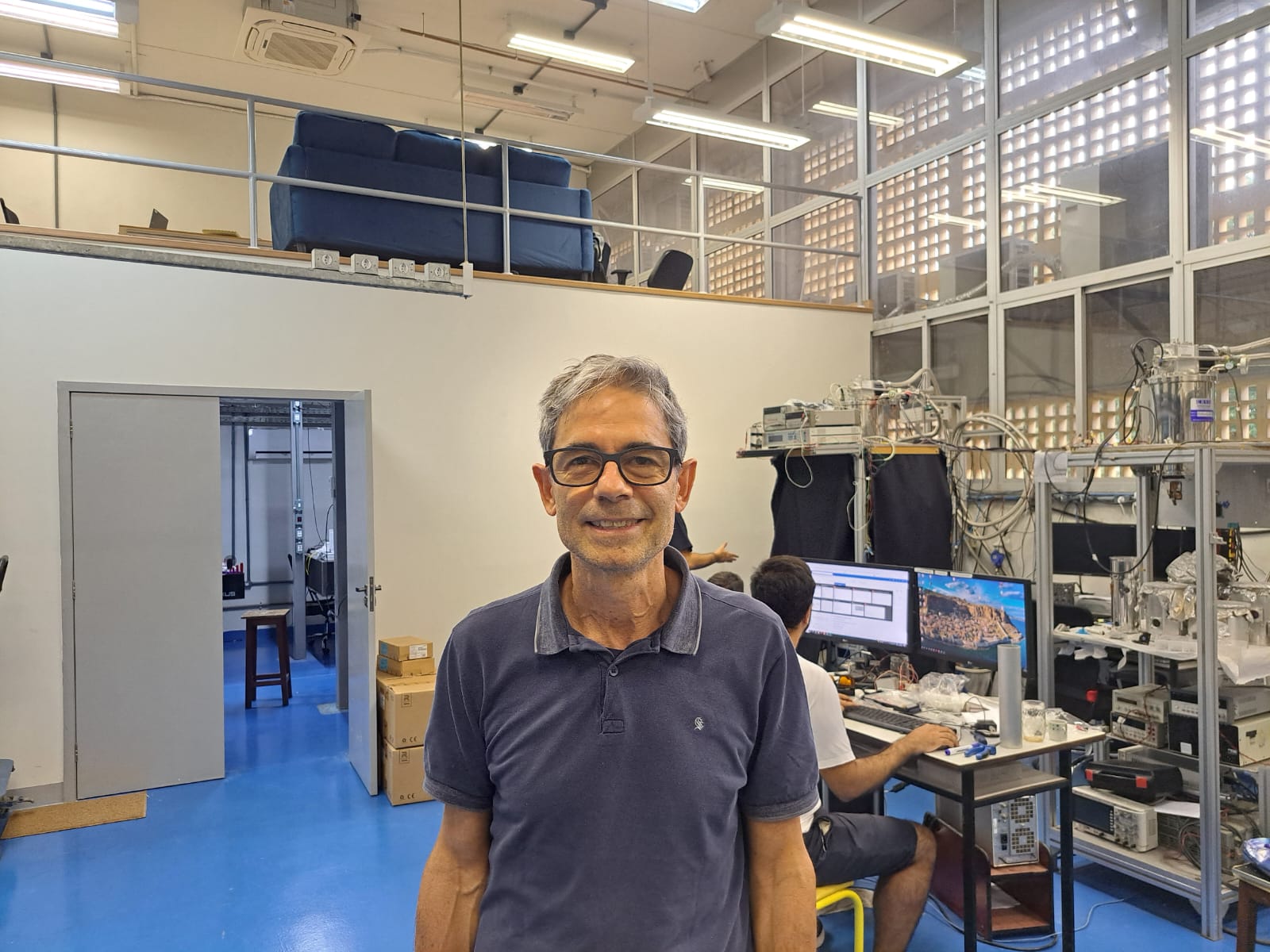
Claudio Lenz Cesar
Claudio Lenz Cesar is a professor of Physics at the Federal University of Rio de Janeiro (UFRJ) and at IMPA-Tech. At UFRJ he invented the technique of Matrix Isolation Sublimation that produces cryogenic beams of atoms, molecules and ions. He is a founding member of the ATHENA and ALPHA collaborations at CERN where high-precision laser spectroscopy studies with trapped antihydrogen are pursued. The main goals are to test fundamental physics with respect to the CPT (Charge-Parity-Time) symmetry and the Weak Equivalence Principle between matter and antimatter. During his PhD at MIT, he performed a record-resolution laser spectroscopy on the 1S-2S transition in trapped spin-polarized hydrogen at 400 µK.
Title of the presentation: Antimatter laser spectroscopy and alpha-g measurements
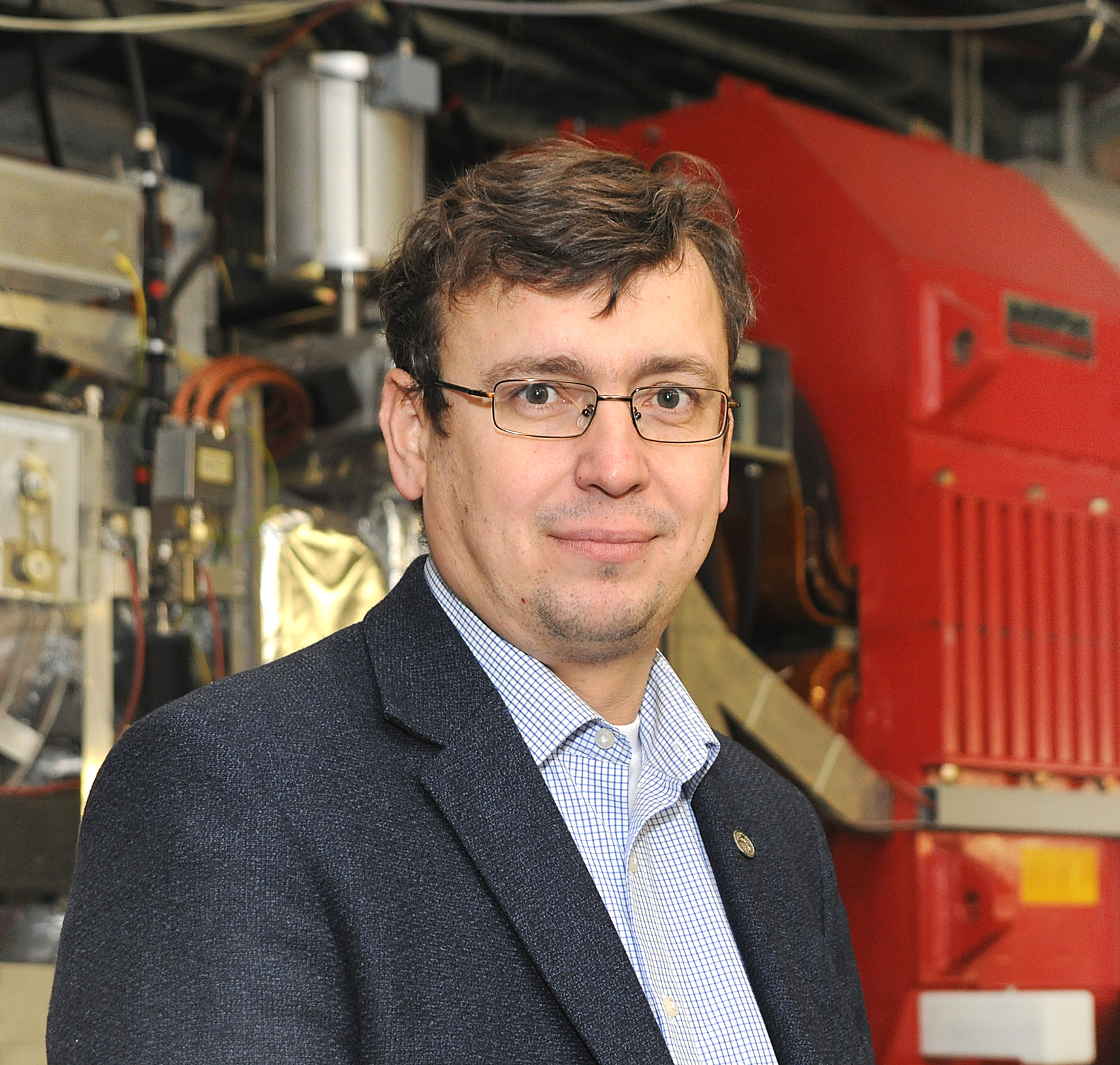
Yury Litvinov
Yury Litvinov received a fellowship to come to GSi in Darmstadt for the Summer Student Program 1996. There, he joined the team conducting experiments at the storage ring ESR and defended his bachelor, master and later the doctoral thesis on precision mass measurements of stored exotic nuclei. Apart from a two-years stay at Max-Planck Institute for Nuclear Physics in Heidelberg, where he defended his habilitation in 2011, he stayed for his entire career at GSI in Darmstadt devoting his research to application of heavy-ion storage rings to investigations at the intersection of nuclear structure, atomic physics, and astrophysics. He is a member of collaborations conducting experiments at the storage rings ESR-CRYRING at GSI, CSRe at IMP and R3 at RIKEN. Recently, he received a call for a joint professorship between GSI and the university of Cologne.
Title of the presentation: High Precision Measurements with Stored Highly Charged Radioactive Ions
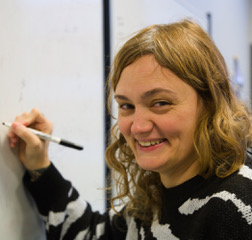
Valentina Mantovani Sarti
Dr. Mantovani Sarti received her PhD in astroparticle physics jointly from the University of Ferrara and Valencia in 2012. After her PhD studies on chiral Lagrangians at finite densities, she spent her first postdoctoral experience between the University of Turin and Houston, focusing on the phenomenology of deconfinement in heavy-ion collisions via fluctuations of conserved charges. She is currently a researcher at the Technical University of Munich since 2017, year in which she joined the ALICE Collaboration. Since then her work focuses on the study of strong interactions through femtoscopy measurements at ALICE, with the goal of constraining the equation of state of neutron stars and deepening the understanding of exotic hadronic states.
Title of the presentation: Hadron-hadron interactions from femtoscopy
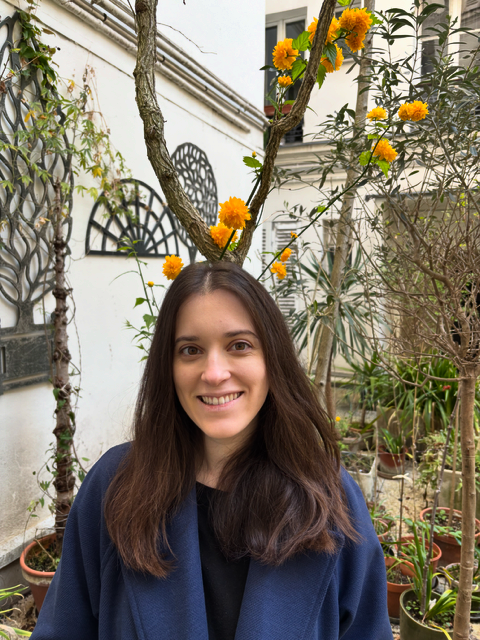
Kara Mattioli
I am a postdoctoral researcher at the Laboratoire Leprince-Ringuet in Palaiseau, France. I obtained my PhD from the University of Michigan in the United States in 2022. My research focuses on fundamental QCD interactions in nuclei and the process of hadronization, through which quarks and gluons form bound hadrons. During my PhD, I studied the hadronization of heavy-flavor quarks (beauty and charm) with jet substructure measurements at the LHCb experiment. As a postdoctoral researcher, I work on the LHCb fixed-target program, which provides unique datasets of proton-nucleus and nucleus-nucleus collisions. My current work explores quarkonia production in fixed-target collisions at LHCb, with the goal of constraining cold nuclear matter effects and improving our understanding of quarkonia production and suppression in the quark-gluon plasma.
Title of the presentation: Experimental Overview of Heavy Ion Collisions
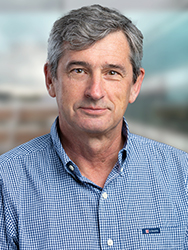
Oscar Naviliat-Cuncic
Oscar Naviliat-Cuncic is professor at Michigan State University. He earned his PhD in nuclear spectroscopy at the catholic University of Louvain, Louvain-la-Neuve, and held a post-doc position at the Swiss Federal Institute of Technology in Zurich, before becoming faculty at University of Caen Normandy.
He started in the field of precision measurements during his post-doc, using polarized nuclei to test discrete symmetries in beta decay (maximal parity violation, time-reversal invariance, and the conservation of the vector current). He also performed measurements of polarization-correlations in muon decay, with polarized muons. In Caen, he drove in particular a project to measure beta-neutrino correlations from radioactive ions confined in a Paul trap.
His main current activities are the search for CP violation in ortho-Positronium decay, using a dedicated detector array with radioactive sources, and the search for exotic interactions in beta decay through precision measurements of beta-energy spectra.
Title of the presentation: Searches for exotic currents in nuclear beta decay
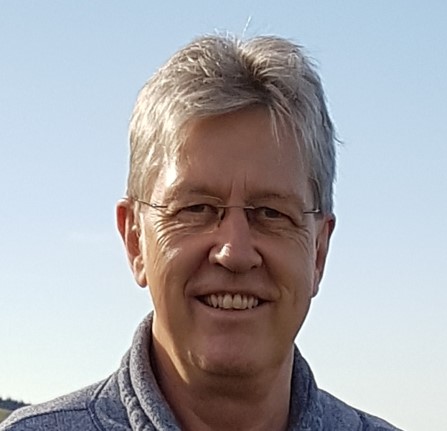
Peter von Neumann-Cosel
Peter von Neumann-Cosel received his PhD from the University of Bonn in 1986 and worked as a Postdoc at the GSI Darmstadt. In 1988 he joined the Institute for Nuclear Physics at the Technical University Darmstadt, where he did a Habilitation in 1998 and was promoted to Professor in 2005. One focus of his research activities, discussed in this presentation, are high-resolution studies of nuclear collective modes using complementary electromagnetic probes like electron and photon scattering at the in-house electron accelerator S-DALINAC and hadronic scattering at the cyclotron facilities RCNP Osaka, Japan, and iThemba LABS, South Africa.
Title of the presentation on behalf of Achim Richter: The Scissors Mode: A Building Block of Low-Energy Nuclear Structure
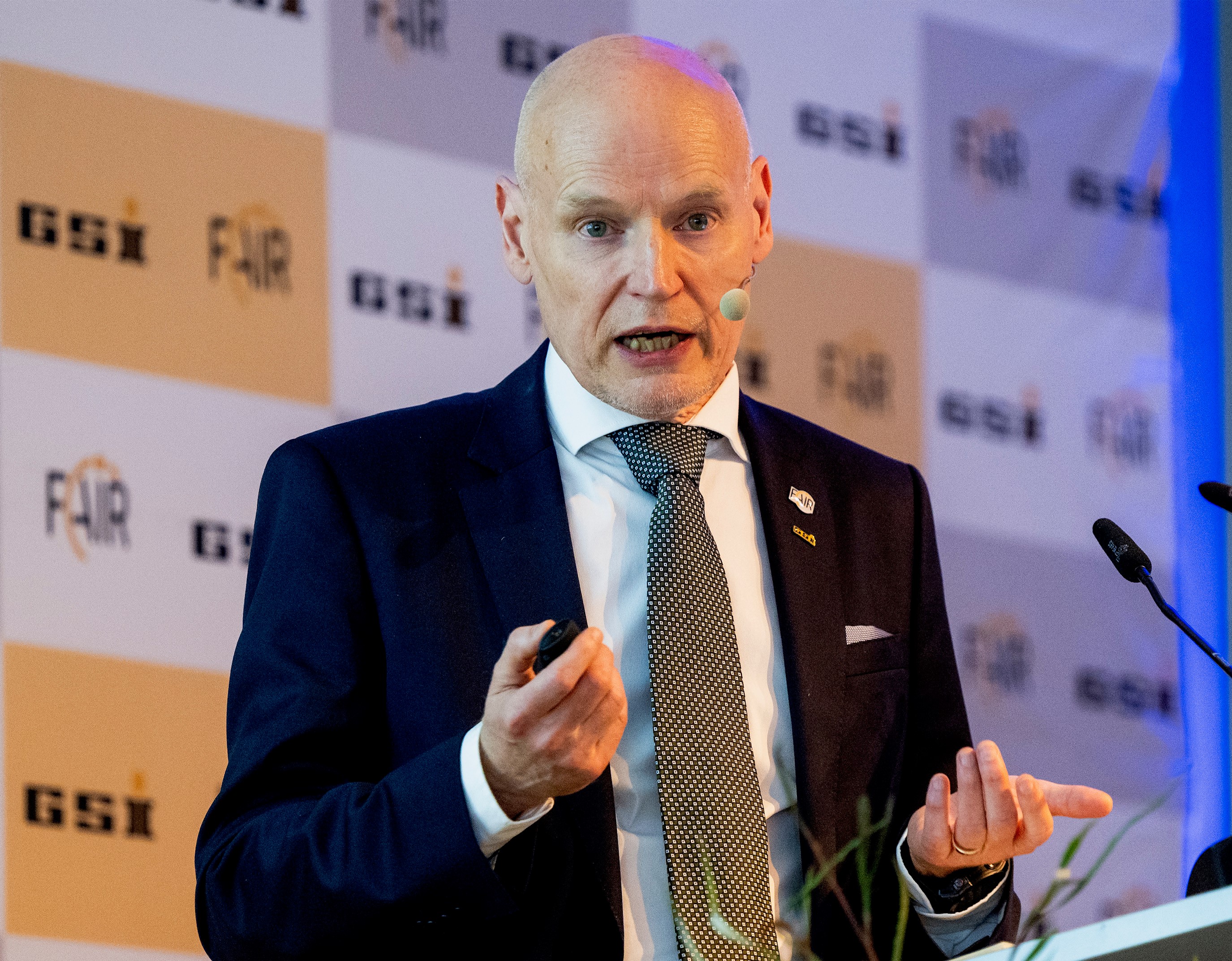
Thomas Nilsson
Thomas Nilsson is the Scientific Managing Director of GSI Helmholtzzentrum für Schwerionenforschung and FAIR (Facility for Antiproton and Ion Research) in Darmstadt, Germany since December 2024 and a Professor at Chalmers University of Technology in Gothenburg, Sweden. He pursued his PhD studies at TU Darmstadt and Chalmers and was the physics coordinator of CERN’s ISOLDE facility during 1998–2004. He then held research positions at TU Darmstadt and Chalmers, becoming a professor in 2009 and leading the Department of Physics from 2017. His research focuses on fundamental interactions manifested in the structure of exotic nuclei, in particular at or beyond the driplines, with experiments using radioactive beams (RIBs) at CERN, RIKEN and GSI/FAIR, as well as development and construction of RIB facilities and associated instrumentation. A further research activity is the search for Baryon Number Violation in the envisaged HIBEAM/nnbar experiment at ESS. He has served on several international governance and advisory bodies and was elected member of the Royal Swedish Academy of Sciences, class of Physics in 2024.
Title of the presentation: Present status and future perspectives for the FAIR/GSI facility
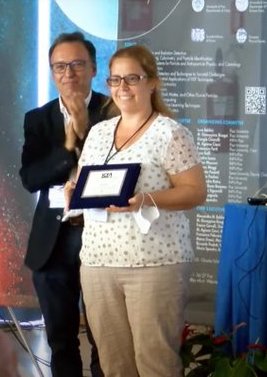
Claudia Nones
Claudia Nones is an experimental physicist in the Particle Physics Division at IRFU (CEA-Saclay). She earned a joint PhD in 2007 (Italy/France), specializing in rare event searches using bolometric detectors, including neutrinoless double beta decay and direct dark matter detection. Her expertise spans the design, fabrication, and operation of cryogenic detectors for astroparticle physics, particularly in underground laboratories such as LNGS and LSM. Her research addresses background radioactivity, neutrino properties, dark matter candidates, and axion physics, with broad implications for astrophysics and cosmology. Claudia is the Principal Investigator of the ERC-funded BINGO project and plays a leading role in the CUPID collaboration, driving the development of next-generation cryogenic detectors for rare event searches.
Title of the presentation: Neutrinoless double beta decay and nuclear matrix elements
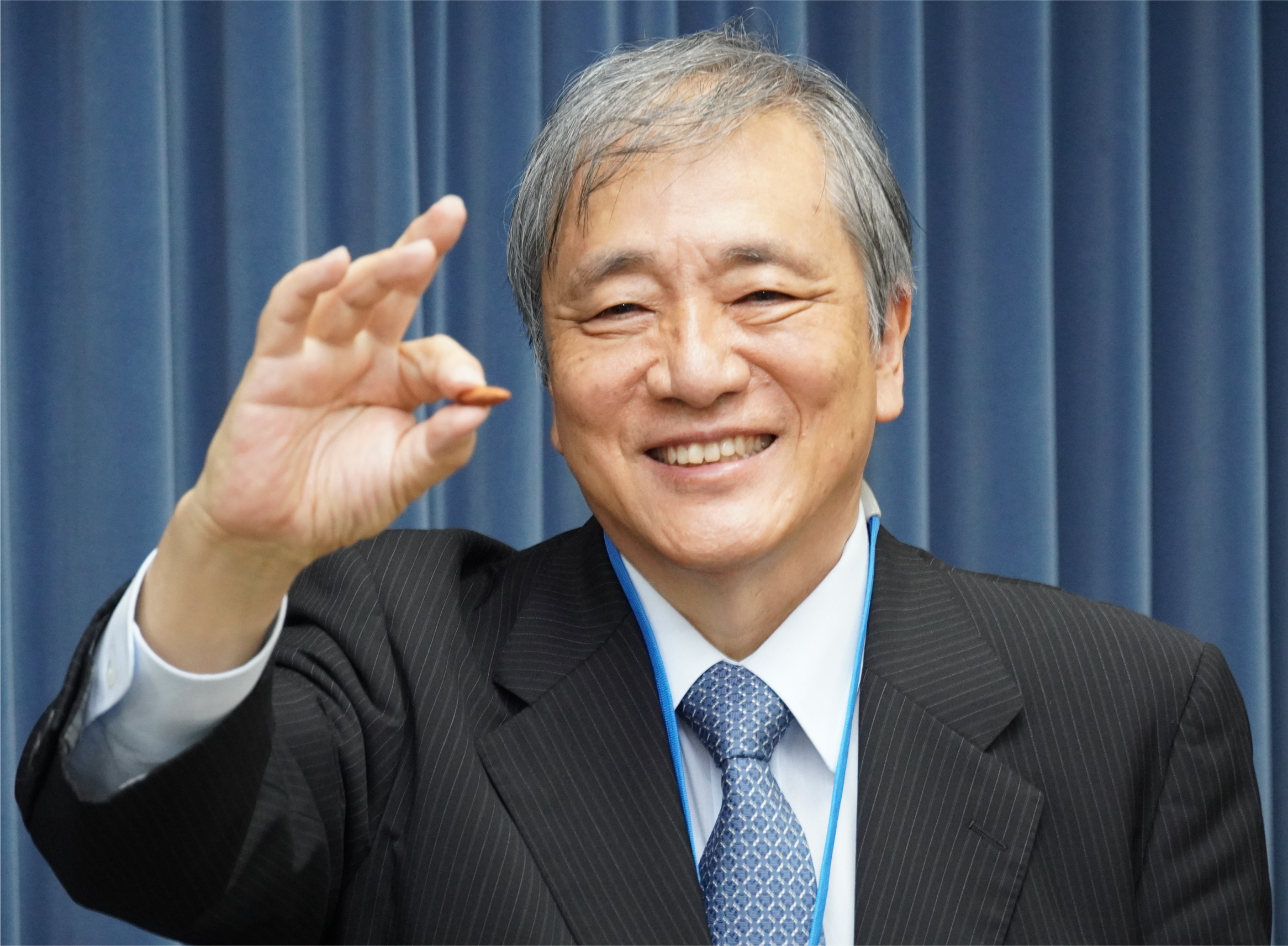
Takaharu Otsuka
Takaharu Otsuka is a Professor Emeritus of the University of Tokyo, and is a Visiting Senior Scientist at RIKEN Nishina Centre for Accelerator-based Science. His research concerns theoretical studies of nuclear structure, covering from the shell structure to the collective motion, including the clustering, using the shell model and other many-body approaches. He graduated at the University of Tokyo, received his Doctor of Science from the same university in 1979. He spent about seven years at the Japan Atomic Energy Research Institute including two years in the Los Alamos National Laboratory on a sabbatical leave. He joined the University of Tokyo in 1987, and retired in 2017. He received the Nishinomiya Yukawa Memorial Award in 1991, the American Physical Society Fellow in 2013, the Humboldt Research Award in 2023. He is a foreign member of the Academia Europaea since 2015. He has worked on the Interacting Boson Model in his early career, and on various shell-model studies throughout his career. He initiated the Monte Carlo Shell Model with collaborators, so that shell model calculations became feasible even beyond the uranium region including strongly deformed nuclei. His major interest includes the physics of neutron-rich exotic nuclei, proposing the shell evolution with the tensor and the three-nucleon forces, with the prediction of new magic numbers, e.g., N=34. Recently, his major interest has been extended to clarifications of nuclear shapes, rotations and vibrations based on quantum many-body framework with nuclear forces, in terms of quantum self-organization and prevailing triaxiality.
Title of the presentation: A novel overall view of nuclear shapes, rotations and vibrations
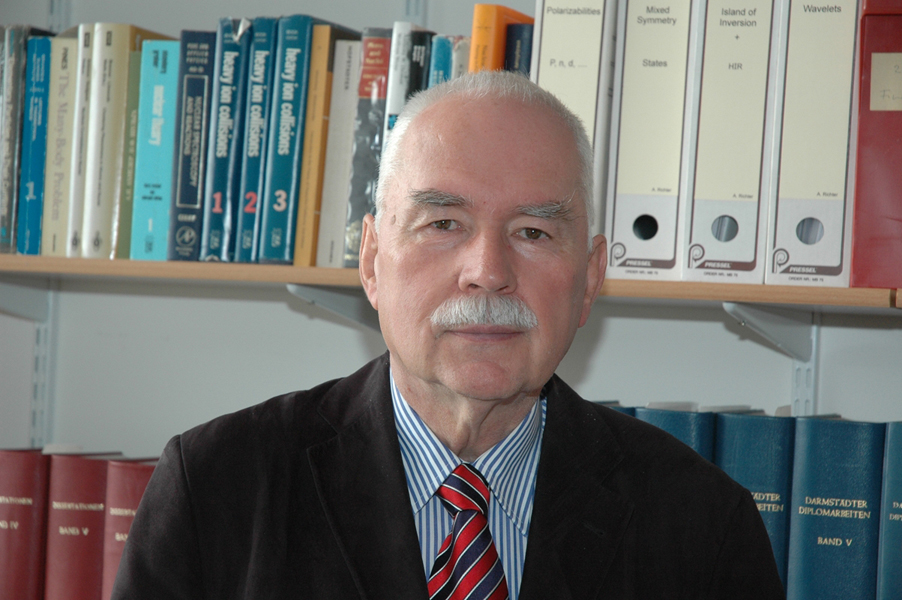
Achim Richter
Achim Richter studied at the University of Heidelberg and received a doctoral degree in 1967. After postdoc stations at Florida State University and Argonne National Laboratory, in 1971 he was appointed associate professor at the University of Bochum. In 1974, he moved to the University of Technology Darmstadt as full professor and head of the electron accelerator laboratory. After his retirement in 2007 he was appointed director of the ECT* Center until 2012. While his research work spans a broad range of nuclear structure problems (maybe best known the discovery of the orbital magnetic dipole scissors mode), he also made important contributions to accelerator physics building the first superconducting electron accelerator in Europe and a free electron laser. As an offspring of the engagement in superconducting technology, he developed a successful program for the study of quantum chaos with flat superconducting billiards.
He served on numerous national and international committees and review panels, and from 2006 until 2017 as chief editor of Reviews of Modern Physics. During his career he received many prizes including a Humboldt award, a Max-Planck research award and the Stern-Gerlach medal of the German Physical Society. He received honorary doctorates of the universities Chalmers, Gent, Karkhiv and Witwatersrand. He is a fellow of the APS and member of several scientific societies.
Title of the presentation (presented by Peter von Neumann-Cosel): The Scissors Mode: A Building Block of Low-Energy Nuclear Structure

Christelle Schmitt
Christelle Schmitt studied physics at the university of Strasbourg, France, and graduated from her PhD thesis dedicated to nuclear fission theory in 2002 at IReS (today IPHC), Strasbourg. During a one-year post-doc at GSI, Darmstadt, she was introduced to nuclear physics experiments and worked on fission and fragmentation data analysis. End 2003, she was hired by the CNRS in France and affected at IPN (today IP2I), Lyon, where she shared her time between theory and experiment. In 2007 she moved to GANIL and became a member of the local VAMOS spectrometer team. In parallel to contributing to the widespread VAMOS program, she proposed in 2014 to exploit the unique assets of the spectrometer to study fission in a poorly explored area of the nuclear chart around lead, a program which is ongoing since then. In 2021 she initiated high fold coincidence experiments to deepen the understanding of fission based on the measurement of the decay of the fragments produced at scission by g and neutron emission with the original coupling of VAMOS and the new generation PARIS array. She moved back to IPHC, Strasbourg in 2018, where she pursues these experimental programs on fission, always keeping on eye on theory by contributing to several developments in the framework of macro-microscopic approaches.
Title of the presentation: Fission: review of recent major advances and selected results
Aldo Serenelli
Aldo Serenelli is a leading astrophysicist renowned for his contributions to stellar and solar modeling. Based at the Institute of Space Sciences (ICE-CSIC) in Barcelona, Spain, his research focuses on the structure and evolution of stars, with a particular emphasis on the Sun. He is widely recognized for his work on Standard Solar Models (SSMs), incorporating advancements in helioseismology, solar neutrino flux predictions, and revised solar abundances. His models have been instrumental in addressing discrepancies between solar interior models and observational data, especially in light of revised photospheric abundances. Serenelli has collaborated closely with global neutrino experiments and has published extensively on the impact of updated input physics—such as opacities, nuclear reaction rates, and diffusion—on solar models. His work has advanced our understanding of solar energy generation, chemical composition, and stellar evolution.
Title of the presentation (preliminary): Solar Modelling
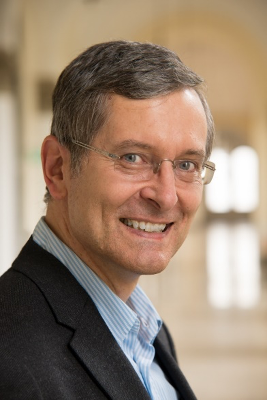
Peter Thirolf
I studied physics in Heidelberg and received my PhD from the University of Heidelberg in 1991 with experimental work on giant dipole resonances at the Max-Planck-Institute for Nuclear Physics (MPI-K). After postdoctoral research periods at the MPI-K (1992-1994) and the National Superconducting Cyclotron Laboratory at Michigan State University in the USA (1995-1996), I moved to the Ludwig-Maximilians-University in Munich, were I completed my habilitation (2003) and was appointed professor. My main research activities comprise nuclear structure of strongly deformed actinide nuclei, mass measurements of heavy and superheavy elements, particle acceleration driven by high-power, short pulse lasers and radiation detector developments for applications in medical physics. A special focus lies on nuclear and laser spectroscopic activities towards establishing a nuclear frequency standard (‘nuclear clock’) based on the 229mTh thorium isomer in the framework of the ERC Synergy Grant ‘ThoriumNuclearClock’.
Title of the presentation: On the horizon: the 229mTh nuclear clock
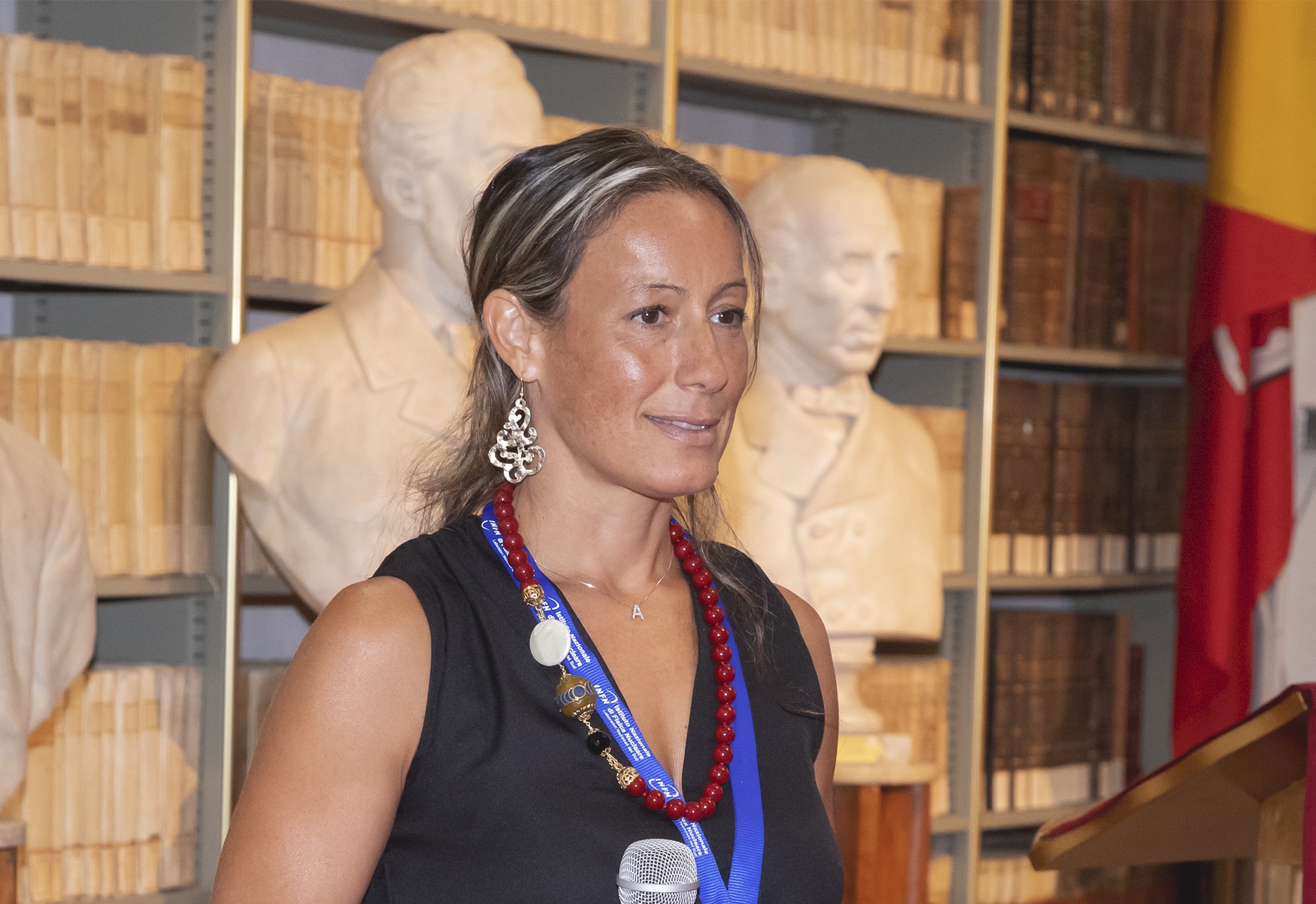
Aurora Tumino
Aurora Tumino is professor of physics at the Department of Engineering and Architecture of the Kore University of Enna, Italy and scientist – currently head of the Research Division at the Laboratori Nazionali del Sud - Istituto Nazionale di Fisica Nucleare, Catania, Italy. Fellow of the Alexander von Humboldt Foundation, her research activity is focused on topics related to Nuclear Astrophysics, in particular on the application of indirect techniques to study two-body reactions between charged particles at sub-Coulomb energies. Member of several reviewer and editorial pools and research and PAC committees, her research activity is also documented by more than 300 publications in international journals, and by more than 80 invited talks/seminars to Conferences, Workshops and Schools. Her main achievements concern the study of d+d fusion reactions for the BBN nucleosynthesis, 12C+12C fusion processes relevant to understanding stellar carbon burning, and the determination of the Coulomb-free proton-proton S-wave scattering length to study the violation of charge symmetry in the nuclear force.
Title of the presentation: Direct and Indirect Measurements in Nuclear Astrophysics

